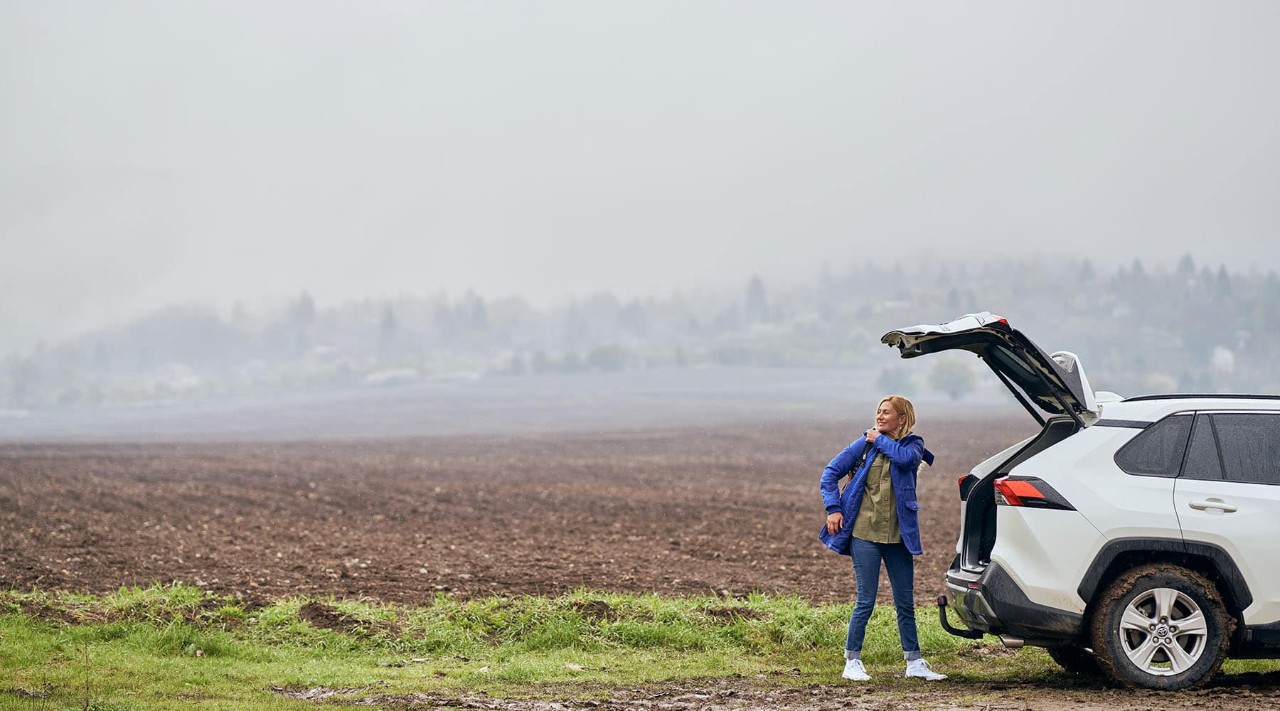Wet Weather Driving Tips
by Jack Hanratty | 2 min read October 13th, 2017
Driving in wet weather can be hazardous, even for the most skilled drivers among us. Visibility is affected and cars can become difficult to control. Here are some tips to ensure for a safe trip while tackling heavy downfalls.
Make Sure your Car is Prepared
It is good practice to remember that your journey begins before you start the car. There are a few necessary checks all motorists should carry out.
- Firstly, it is crucial that window wipers are fully functional, otherwise they'll NEED TO BE REPLACED. Check both front and back! Your wipers may have become worn over time and will therefore be unable to clear the windows properly.
- Secondly, it is advised that your tyres are the legal recommended thread depth. This allows for better grip on the road. If the threads are worn then there is nowhere for the water to go and your car will be effectively “floating” on water.
- If possible, fill up on fuel before setting off on a journey. Between lights, air conditioning, and windscreen wipers fuel consumption greatly increases.
- Finally, before setting off on a journey in the heavy rain, you should consider whether or not the journey is actually necessary.
Slow Down and Increase Stopping Distance

This tip should really go without saying yet there are some motorists who either don’t know or don’t care about the perils of wet weather driving. Rain makes the road slippery meaning less control and requiring greater stopping distances. The two second rule should be at least doubled. 4 seconds is the recommended time when driving in wet conditions. The added safety of this extra stopping distance will mean nothing if you are driving too fast. Driving quickly will not give you adequate time to react should the car in front make a sudden movement. Speeding gives you less control over the car which may result in skidding.
Know How to Respond to a Skid
Driving in wet weather greatly increases your chances of skidding. This happens to even the most experienced drivers.
If you do find yourself skidding you need to follow a number of steps in order to avoid damage to your car or danger to yourself. Follow these tips to safely manoeuvre while skidding.
- Continue to look in the direction you want the car to travel.
- Ease off the accelerator and do not push the brakes
- Gently turn the steering wheel into the same direction you car is skidding in order to straighten up (i.e. if the car is skidding to the right, turn your steering wheel to the right)
- Finally, and most importantly, don’t panic.
Maintain Visibility

Good visibility is crucial for driving in any weather. Heavy rainfall can impede visibility and make for dangerous driving. This article has already outlined the importance of having fully functional window wipers but some people may not be aware that air conditioning is just as important. When heavy rain is mixed with high humidity it will cause the inside of your windows to fog up. Use you air conditioning to pump warm air towards the windows to demystify them. Finally, your lights. The correct use of your car lights is crucial in bad weather. They help you to see your surroundings while also making you visible to other road users.
For more information about improving your visibility in poor weather conditions please see our blog on utilising your car’s lights.
Information correct as of October 2017
This guidance is for general information purposes only and does not purport to provide legal advice or other professional advice. This guidance is intended to supplement the Rules of the Road and is not intended to replace or to be used as a substitute to the Rules of the Road. Allianz accepts no responsibility or liability for any losses that may arise from any reliance upon the information contained in this guidance







